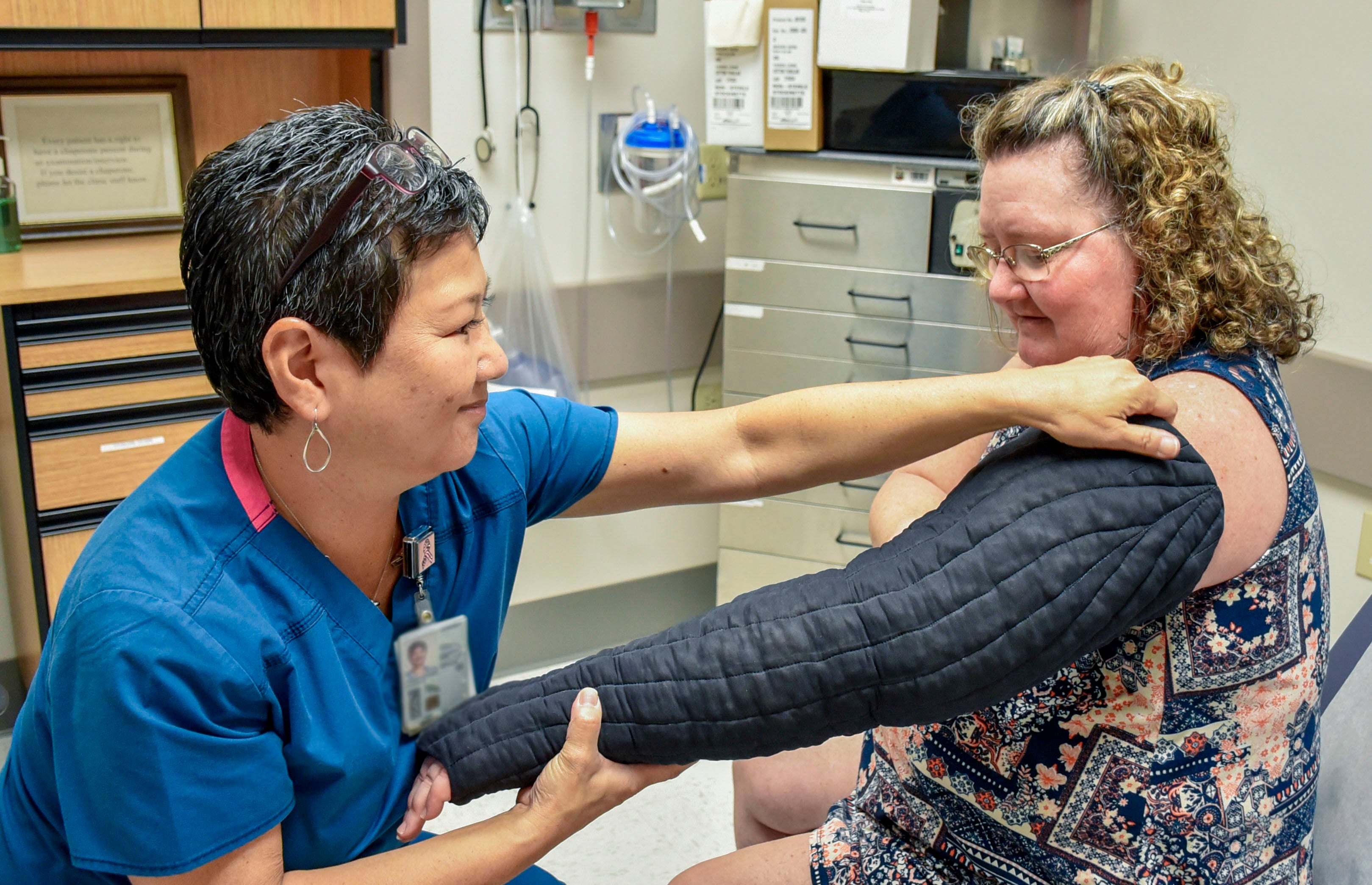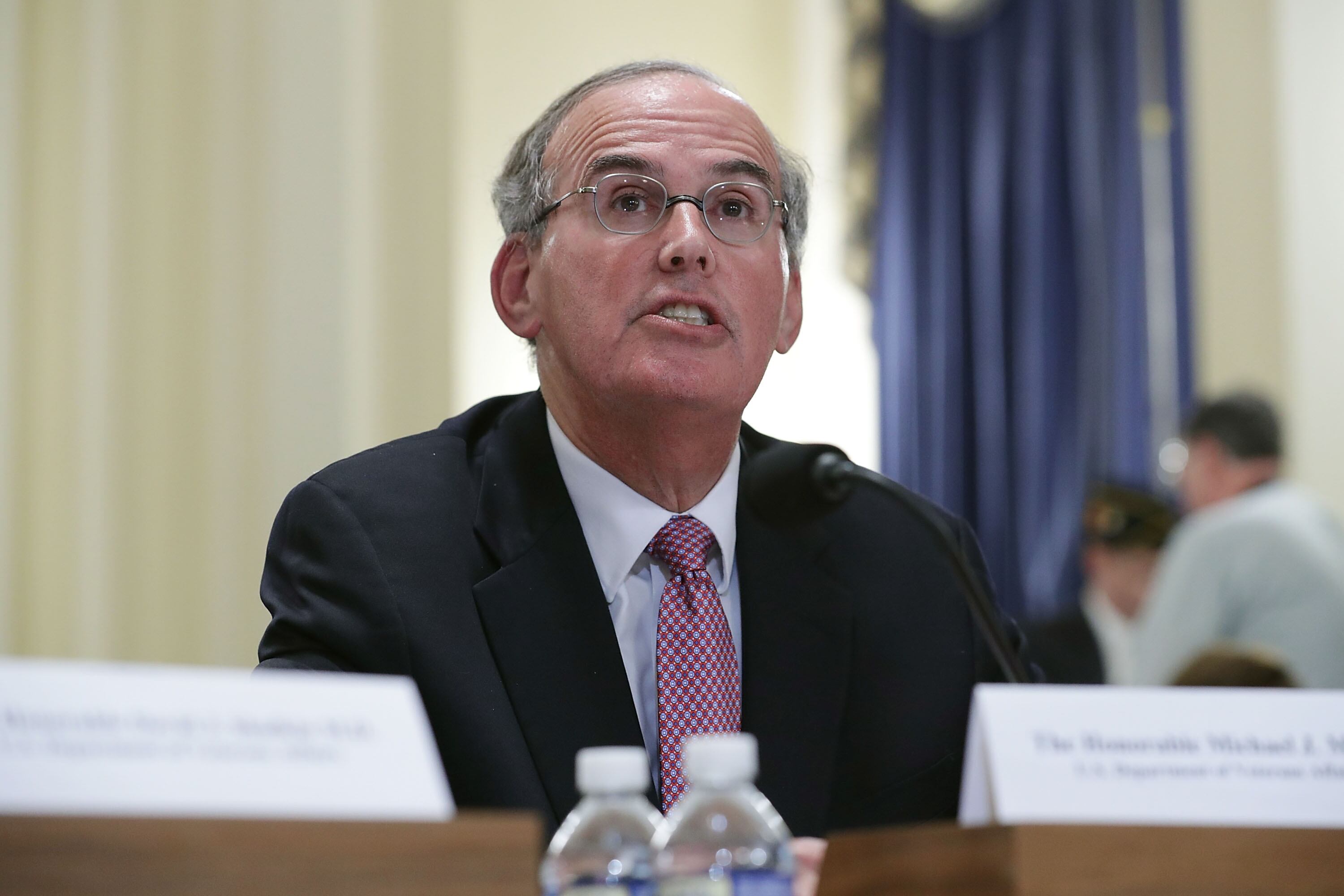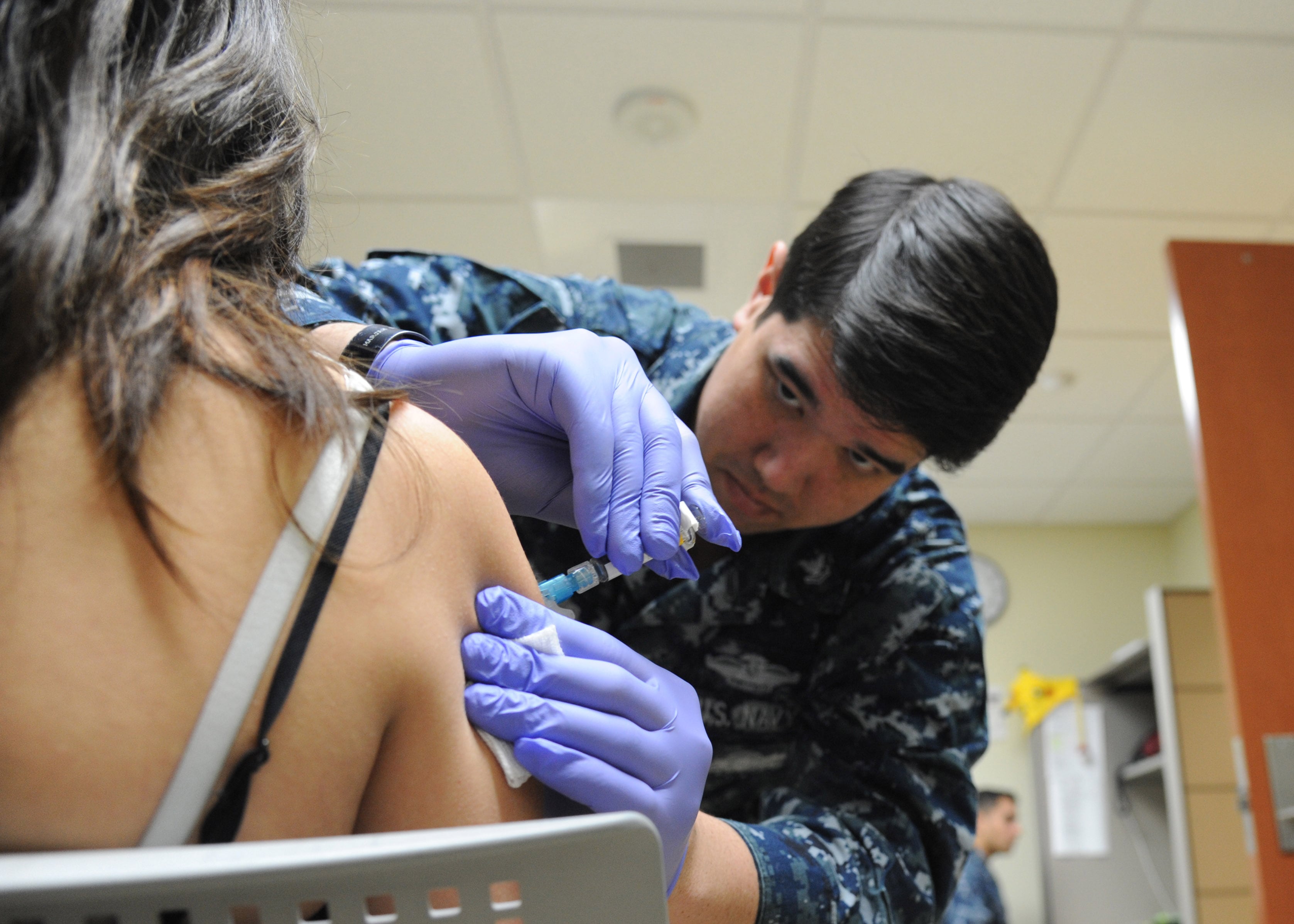The military health system is six years into reform measures that gave management of U.S. military hospitals to the Defense Health Agency and reduced the services’ medical command responsibilities to primarily caring for active-duty personnel.
But Ohio congressman and Army Reserve Col. Brad Wenstrup says the reforms, while sweeping, may not go far enough, and he has thrown his support behind a Defense Health Command – one with a single flag officer overseeing DHA and the service surgeons general.
Such a command would have “the authority and flexibility to maximize capabilities, reach stated goals and be able to offer as many training opportunities as possible,” Wenstrup told military and federal health professionals attending the AMSUS annual conference at National Harbor, Maryland, on Tuesday.
“I envision the command would include the Defense Health Agency, the surgeons general, the commands of the National Guard and reserves” and more, Wenstrup said, adding that the goals would be to improve training and opportunities for military health providers while bettering care for beneficiaries.
Wenstrup said a single command would help improve coordination between military medicine and civilian health providers, especially in training, where the services could increase the number of programs that put military surgeons and emergency medical clinicians in civilian trauma centers to maintain their combat treatment skills.
And it could improve dialogue with other federal health agencies, state and local public health officials and emergency personnel to prepare for national emergencies and humanitarian missions.
“We have these opportunities. We have to have flexibility and we have to create relationships that will enhance all of medicine,” he said.
RELATED

The idea is not new. In 2015, the Military Compensation and Retirement Modernization Commission recommended the creation of a four-star billet responsible for “joint readiness” that would oversee a subordinate unified joint medical command.
And in 2016, the Senate Armed Services Committee proposed eliminating the Army, Navy and Air Force medical commands and folding them under the Defense Health Agency, currently a three-star billet.
But what emerged from the reform proposals was a reorganization that started with the Defense Health Agency assuming control of the common functions of military health facilities, such as Tricare, military pharmacy programs, health care support, information technology, logistics, acquisitions, training, education, research and development. It morphed, however, into the DHA responsible for every military health facility, with the service medical commands focused on operational medicine.
Wenstrup said the current structure was created with “good, logical intent.” But he worries that readiness is being eroded as military physicians struggle to keep up their skills and the services look to trim up to 18,000 uniformed medical billets.
“Some question the need for surgeons general. I see the need. The surgeon medical capabilities must be maintained to specifically meet the needs of the combatant commanders,” Wenstrup said.
The fiscal 2019 John S. McCain National Defense Authorization Act required the Pentagon to study the Defense Health Command concept and provide a table of organization for the proposed structure.
RELATED

But that report, which was due to Congress in June, has yet to be released.
Wenstrup is no stranger to emergency situations. He is a combat veteran who served as chief of surgery for 14 months at Abu Ghraib Prison, Iraq, after a scandal broke over inhumane treatment of prisoners there. He was awarded the Soldier’s Medal in 2018 after helping save the life of fellow Republican congressman Rep. Steve Scalise of Louisiana, shot June 14, 2017, during an early morning baseball practice in Alexandria, Virginia.
Less than a year later, when the Amtrak train in which Wenstrup was riding collided with a truck on the tracks near Charlottesville, Virginia, he rushed out the door to help victims.
He credits proper training, equipment and experience for helping him react and believes the military health system should provide health care to ensure that U.S. forces are deployable but also must provide a “combat ready medical force" that will continue to save lives on the battlefield and in training.
With military physicians having fewer opportunities to practice their skills in combat, bringing together military and civilian medical communities can help sustain training and readiness, he argues.
“Building these bridges is the key to the future of medicine,” Wenstrup said.
Patricia Kime is a senior writer covering military and veterans health care, medicine and personnel issues.





